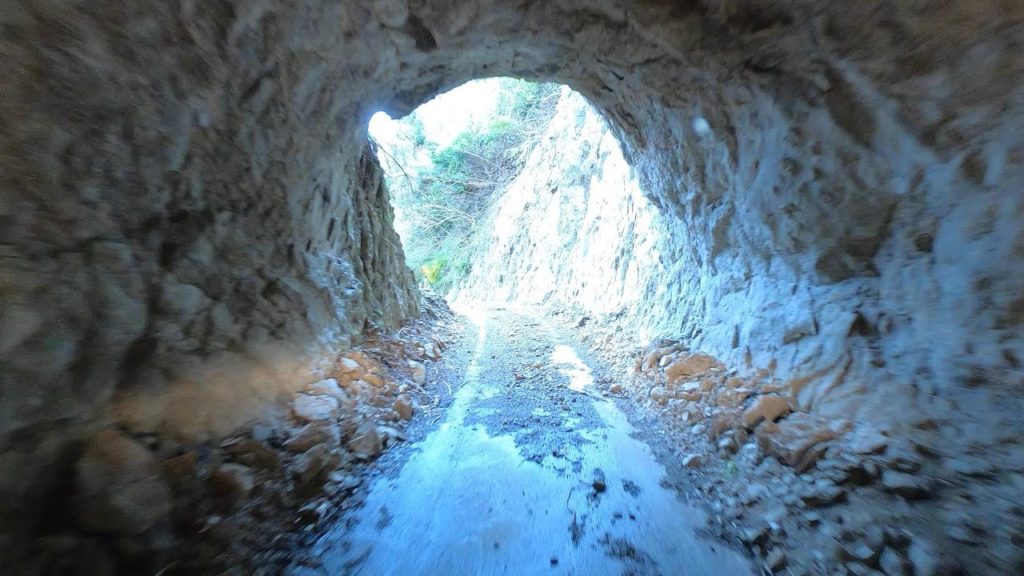#StayHome and drive in the mountains #WithMe in Boso Peninsula, Japan!
#iostoacasa
We deliver videos from Japan almost every day.
Please subscribe to our channel!
Youtube:
We are also on Twitter and Instagram.
Twitter:
Instagram:
We went into the mountains this time. It was quite an adventure!
About Boso Peninsula
Enjoy sea, sun, and sand and coral reefs at this scenic getaway
Get away from the bustle of Tokyo in this rural paradise just across the bay. Take in vibrant foliage in the hill country of the lower peninsula or walk along pristine coastlines and rugged cliffs in the coastal area.
The Boso Peninsula is in the southern part of Chiba Prefecture and is easily accessible from Tokyo by train and car. It is also accessible from the Miura Peninsula by ferry across Tokyo Bay.
Train: The JR Uchibo Line stretches along the west coast of the peninsula, while the JR Sotobo Line runs down the east coast. To access either, take the Keiyo Line from Tokyo Station to Soga Station. The trip takes one to two hours depending on how far you travel.
Bus: There are highway buses from Tokyo Station to specific Boso destinations like Tateyama and Kamogawa.
Car: Take the Aqua Line from Tokyo to the Boso Peninsula.
Ferry: Take the Tokyo Bay Ferry to Kanaya on the Boso Peninsula from Kurihama on the Miura Peninsula. It takes about 40 minutes.
About Bōsō Hill Range
The Bōsō Hill Range (房総丘陵, Bōsō-kyūryō) is a mountain range on the Bōsō Peninsula of Chiba Prefecture, Japan. The highest point in the Bōsō Mountain Range is at Mount Atago, with an altitude of 408.2 m (1,339 ft). The hill range runs from roughly in a line from Mobara or Ōamishirasato to Kisarazu, but is not formally defined. It is an important part of the Minami Bōsō Quasi-National Park.
The Bōsō Hill Range is still extensively wooded. The area from the Yōrō Ravine to Mount Seichō is noted for its forests of live oak. The hill range also has noted forests of oaks, chestnut, Japanese cedar (Cryptomeria), and various species of evergreen. The hill area around Tateyama is noted for its forests of castanopsis trees, a genus of evergreens belonging to the beech family.
Premodern history
The Bōsō Hill Range was settled from the earliest periods of Japanese history. The Yōrō Ravine in present-day Ōtaki, Chiba is home to Jōmon period remains. Kofun tumuli were built across the entire hill range in the Kofun period, but Futtsu and Ichihara have especially rich examples of tumuli. Under the Taika Reform of 645, during the Asuka period, the hill range became part of three provinces, Shimōsa Province to the north, Kazusa Province in the middle part of the range, and Awa Province to the south. The hill range is noted for its richness of castles built during the Sengoku period as part of medieval conflicts.
Modern history
The provinces endured until Chiba Prefecture was established at the end of the 19th century in the Meiji period. The Bōsō Hill Range provided a natural fortification against air attack of Tokyo during World War II, when the 252 Air Group of the Imperial Japanese Navy (IJN) built the Mobara Air Field in 1941 in Mobara. After the war land reform was carried out in the region. The eastern part of the hill range saw major economic development as part of the greater Metropolitan Tokyo region.
Economy
The hill range was known for charcoal production in the past. The hill range is still home to many dairy farms. Numerous golf courses were developed in the hill region, and recreational facilities continue to be developed in the area. The hill range is popular as a hiking destination.
How to get there
The cheapest and easiest way to go is by bus: 2500 yen from Tokyo (every 30 minutes, schedule) or Yokohama (about every 2 hours, schedule ).
Trains don’t go further south than Tateyama city. Even though most people go around by car, there is a bus service. Bicycle is also a great way to go around along the seaside.
Travel Guide
Chiba Prefecture is filled with places to see, including the Tokyo Bay area with a heavy concentration of modern buildings, and the Boso Peninsula, home to lots of theme parks to enjoy nature and animals. And Narita, where Narita International Airport is located, has Naritasan Shinsho-ji Temple, a popular destination for overseas tourists.
Note: Boso Peninsula was hit hard by typhoon Hagibis in October 2019.
We filmed this video 5 months after that, and the fallen trees were everywhere.
About Typhoon Hagibis
Hagibis damaged more than 85,000 homes and the clean-up will continue for months, and even years for some.


AloJapan.com